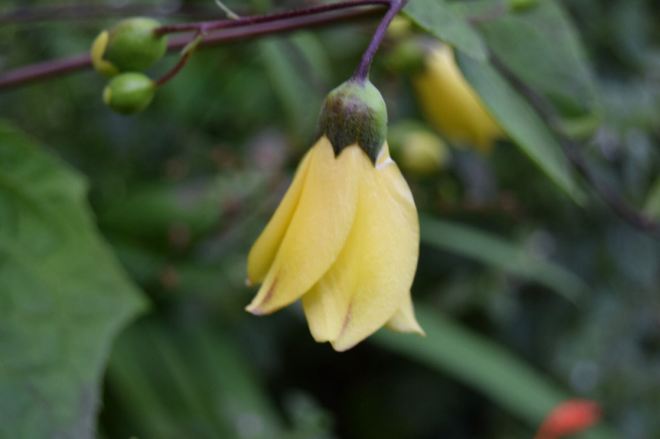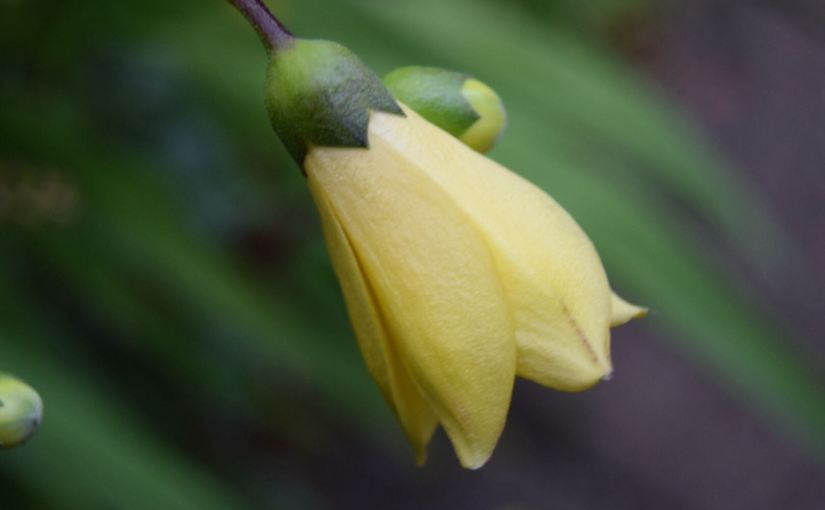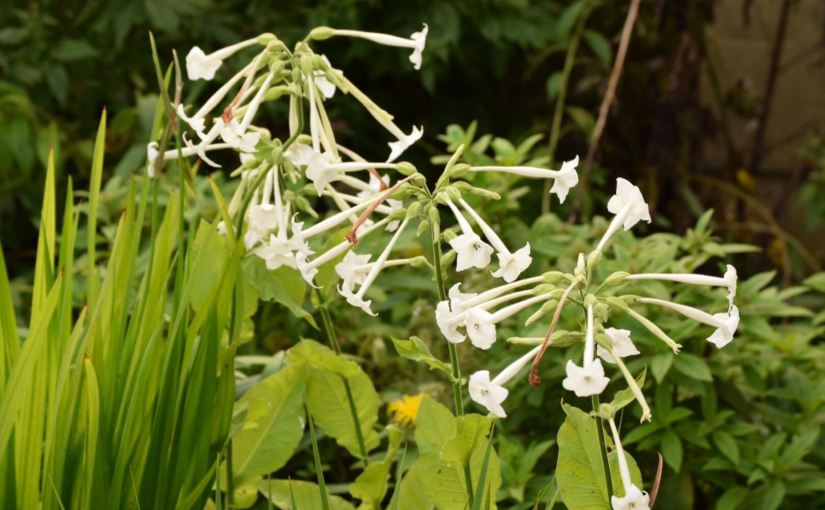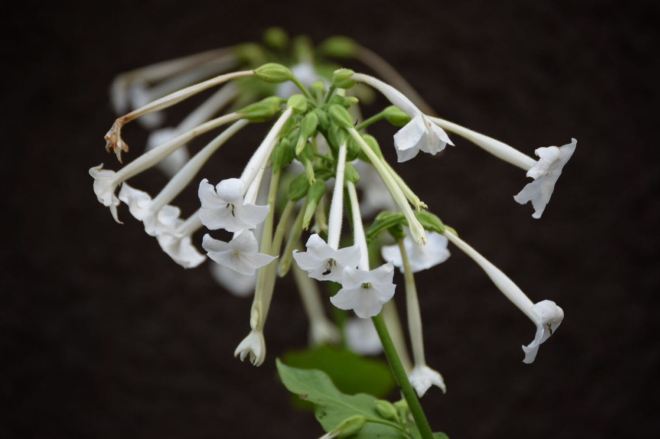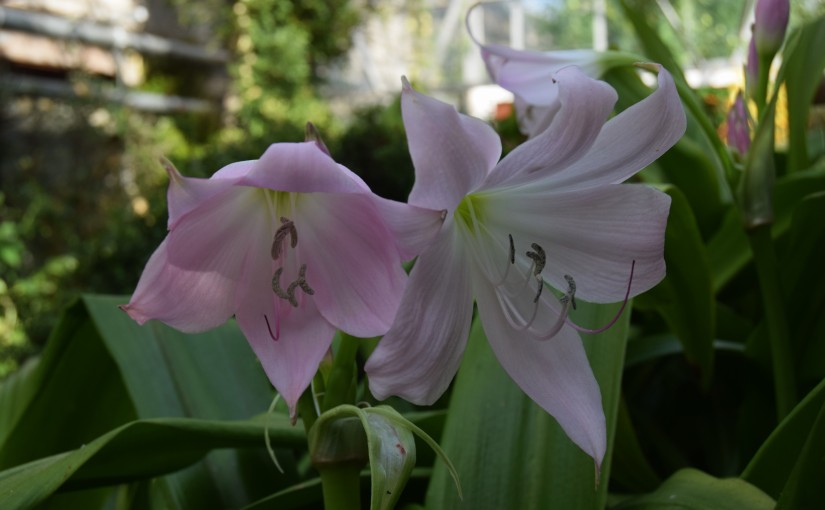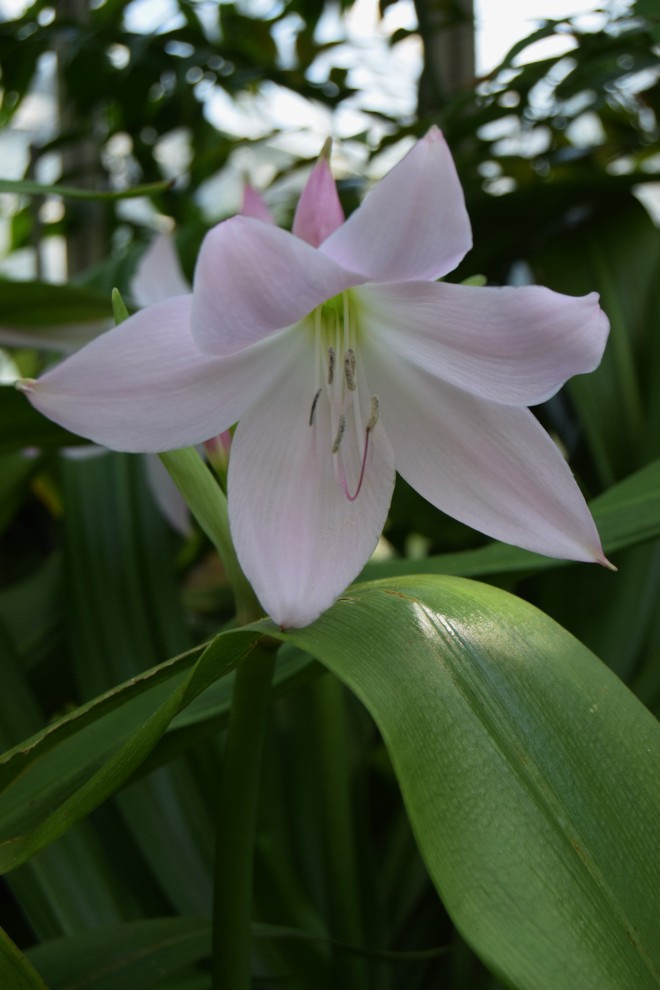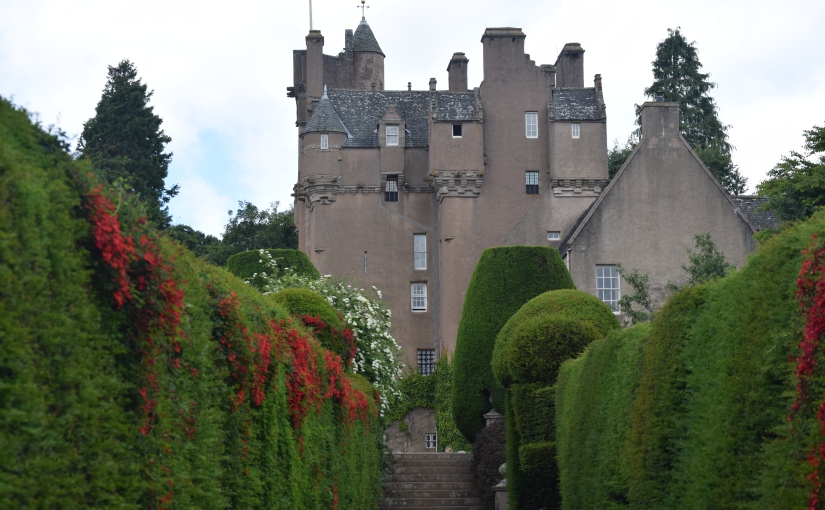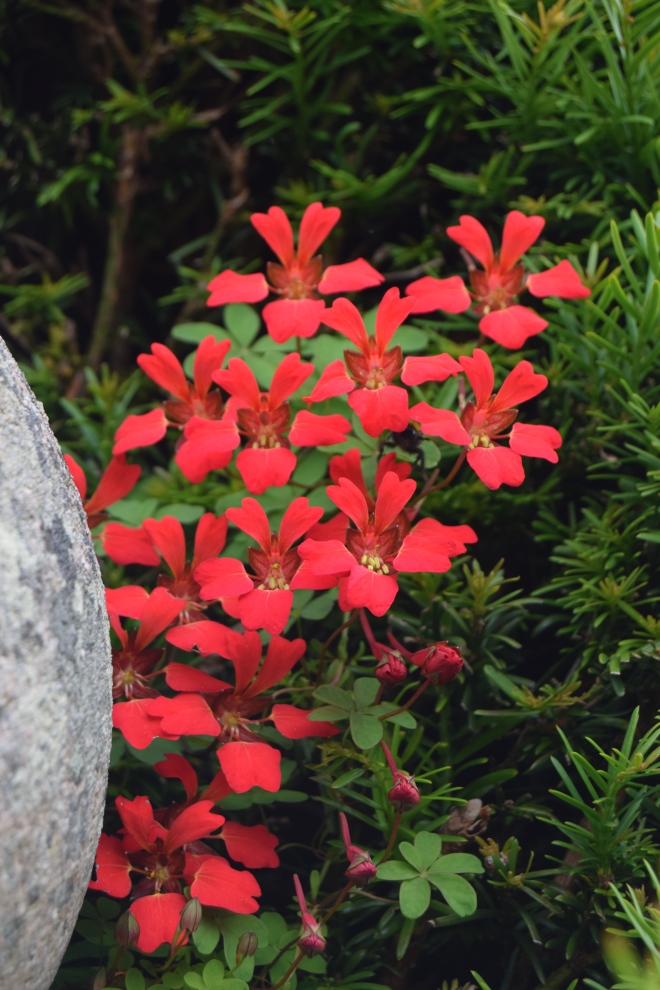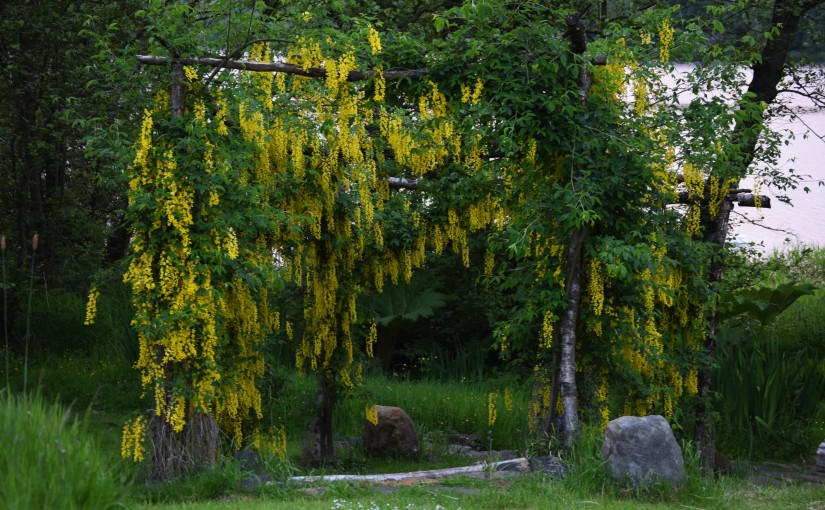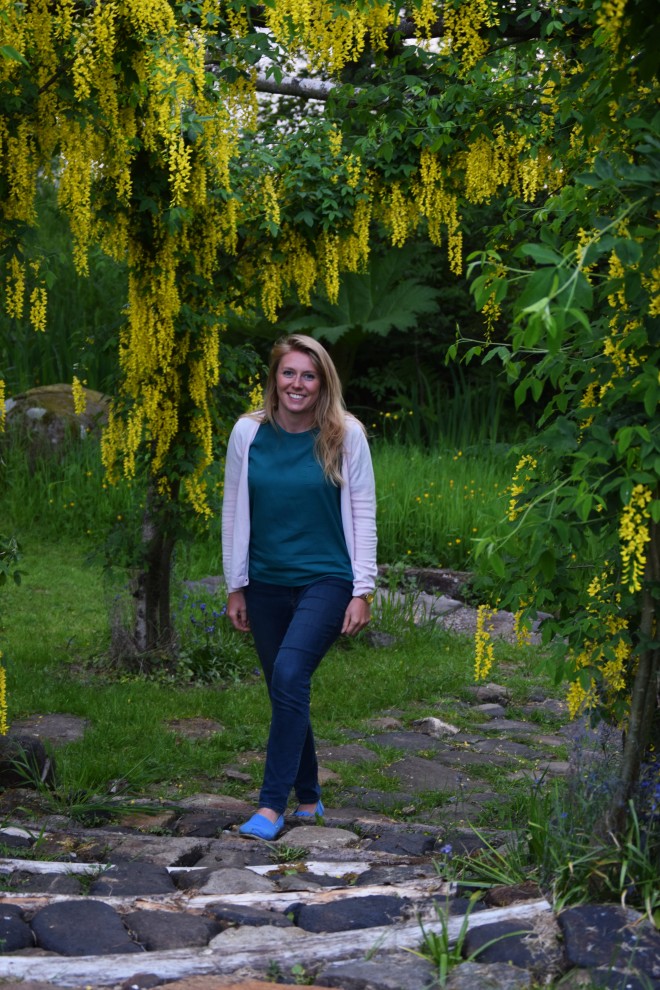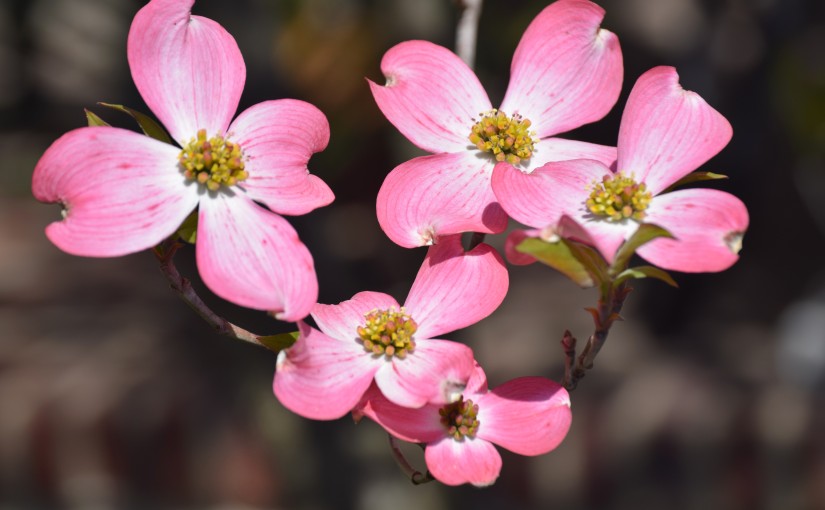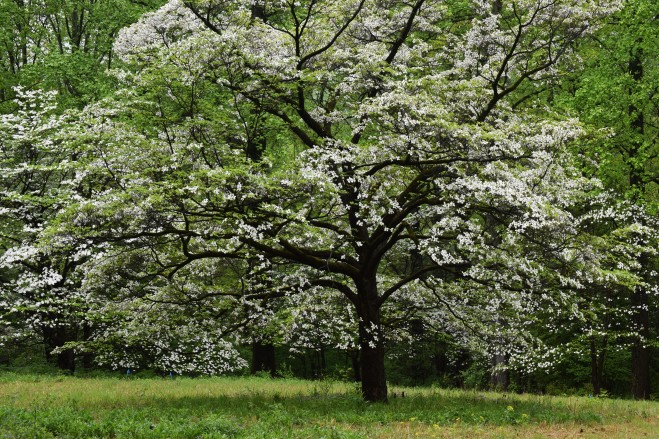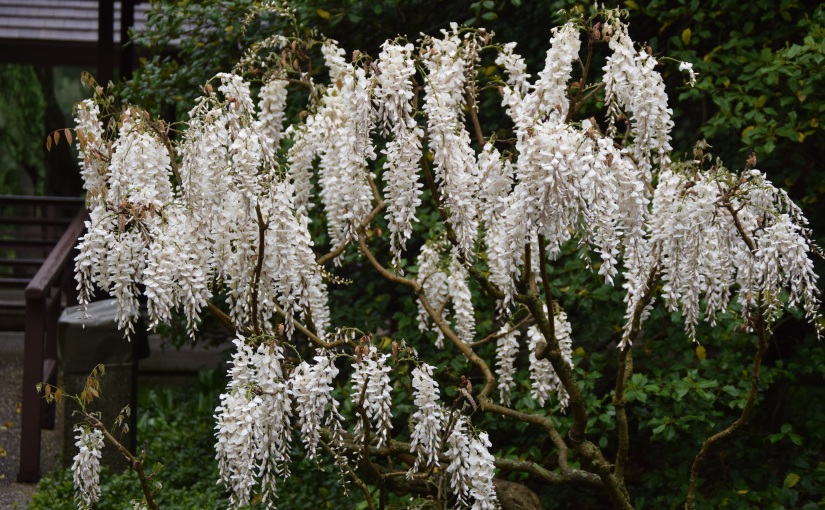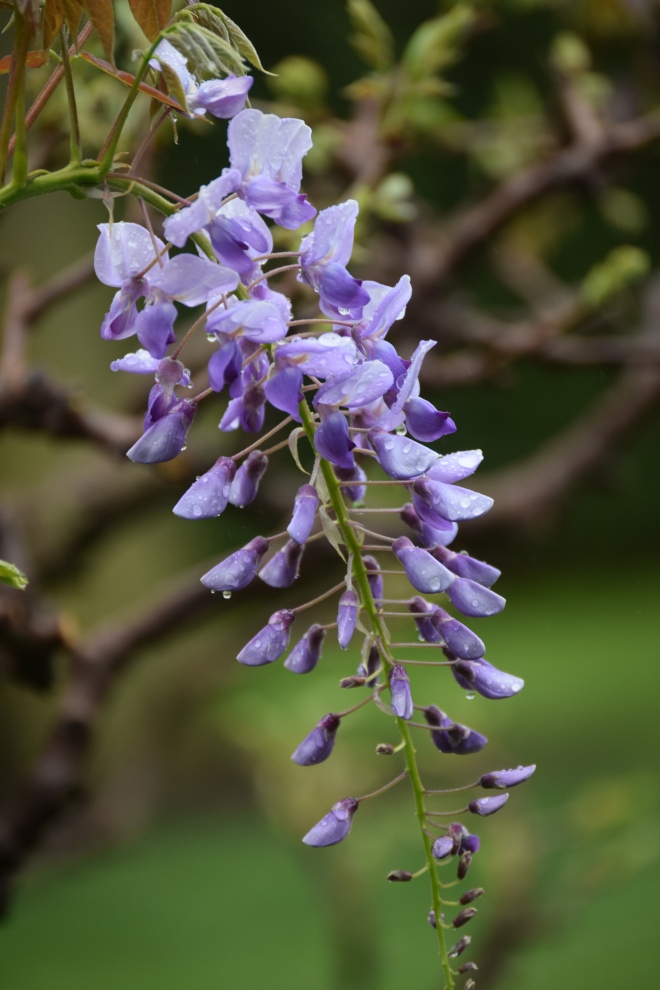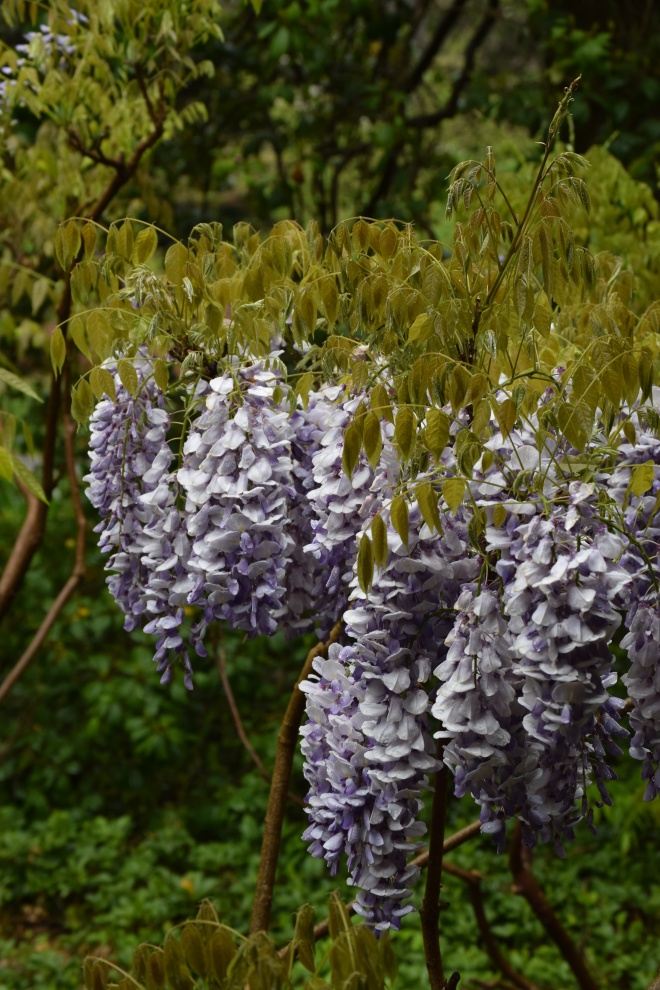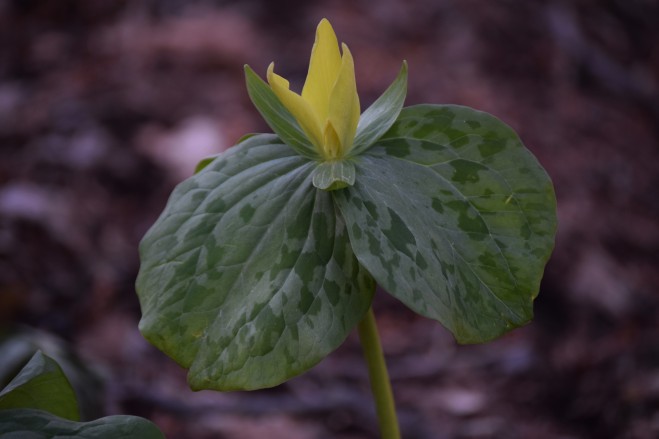If you need a plant for Autumn colour in a very shady spot this is the best you can grow. It is also known as yellow wax bells and belongs in the plant family Hydrangeaceae. It has tall elongated stems that have yellow hanging trumpet flowers. Some people have described the flowers as being similar to those of a shuttlecock. These can reach up to 2ft when blooming – the rest of the year it is just a basal clump of leaves. The leaves are irregularly cut and similar to those of maple leaves. It also has attractive purple stems and prefers to grow in an acid soil and will thrive in cold, damp, humus rich conditions. It will need shelter from wind so grow in a protected area. Check for slug and snail damage on young growth. Kirengeshoma orginates from Japan and Korea where it is found growing in damp woodland. It will come up year after year and slowly increase in size and can be divided to create new plants, or can be grown from seed. Gather seed when ripe and put in pots, then place in the cold frame over winter – germination will occur in spring. This plant was given an RHS award of Garden Merit in 2012.
